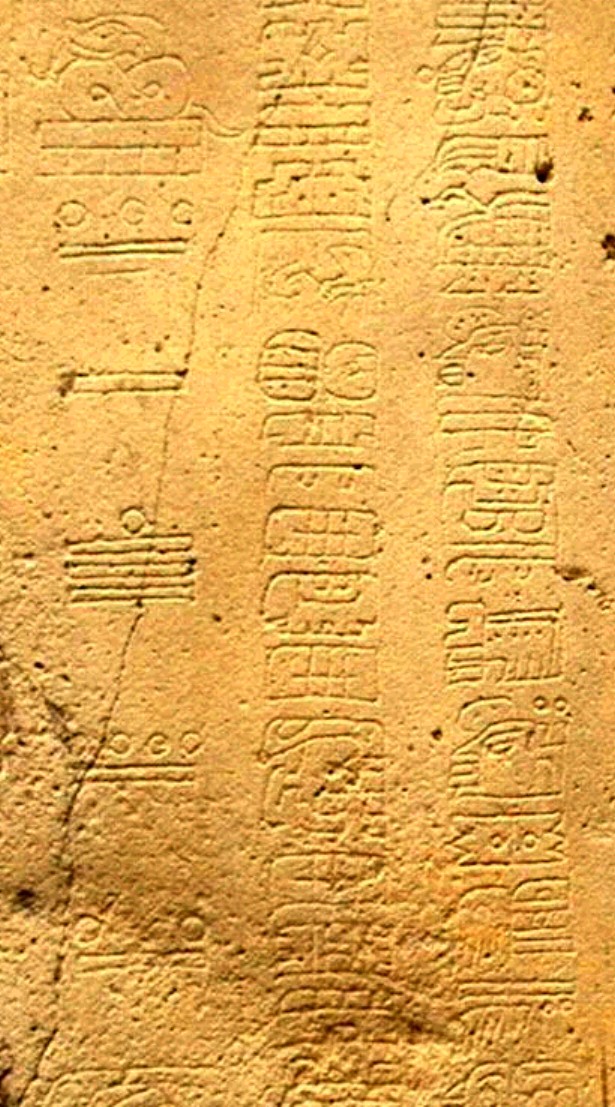 The Maya calendar is a system of distinct calendars and almanacs used by the Maya civilization of pre-Columbian Mesoamerica, and by some modern Maya communities in highland Guatemala.
The Maya calendar is a system of distinct calendars and almanacs used by the Maya civilization of pre-Columbian Mesoamerica, and by some modern Maya communities in highland Guatemala.
These calendars can be synchronized and interlocked, their combinations giving rise to further, more extensive cycles. The essentials of the Maya calendric system are based upon a system which had been in common use throughout the region, dating back to at least the 6th century BCE. It shares many aspects with calendars employed by other earlier Mesoamerican civilizations, such as the Zapotec and Olmec, and contemporary or later ones such as the Mixtec and Aztec calendars. Although the Mesoamerican calendar did not originate with the Maya, their subsequent extensions and refinements of it were the most sophisticated. Along with those of the Aztecs, the Maya calendars are the best-documented and most completely understood.
By the Maya mythological tradition, as documented in Colonial Yucatec accounts and reconstructed from Late Classic and Postclassic inscriptions, the deity Itzamna is frequently credited with bringing the knowledge of the calendar system to the ancestral Maya, along with writing in general and other foundational aspects of Maya culture.
The most important of these calendars is one with a period of 260 days. This 260-day calendar was prevalent across all Mesoamerican societies, and is of great antiquity (almost certainly the oldest of the calendars). It is still used in some regions of Oaxaca, and by the Maya communities of the Guatemalan highlands. The Maya version is commonly known to scholars as the Tzolkin, or Tzolk'in in the revised orthography of the Academia de las Lenguas Mayas de Guatemala. The Tzolk'in is combined with another 365-day calendar (known as the Haab, or Haab' ), to form a synchronized cycle lasting for 52 Haabs, called the Calendar Round. Smaller cycles of 13 days (the trecena) and 20 days (the veintena) were important components of the Tzolk'in and Haab' cycles, respectively.
A different form of calendar was used to track longer periods of time, and for the inscription of calendar dates (i.e., identifying when one event occurred in relation to others). This form, known as the Long Count, is based upon the number of elapsed days since a mythological starting-point. According to the correlation between the Long Count and Western calendars accepted by the great majority of Maya researchers (known as the GMT correlation), this starting-point is equivalent to August 11, 3114 BCE in the proleptic Gregorian calendar or 6 September in the Julian calendar (−3113 astronomical). The Goodman-Martinez-Thompson correlation was chosen by Thompson in 1935 based on earlier correlations by Joseph Goodman in 1905 (August 11), Juan Martínez Hernández in 1926 (August 12), and John Eric Sydney Thompson in 1927 (August 13). By its linear nature, the Long Count was capable of being extended to refer to any date far into the future (or past). This calendar involved the use of a positional notation system, in which each position signified an increasing multiple of the number of days. The Maya numeral system was essentially vigesimal (i.e., base-20), and each unit of a given position represented 20 times the unit of the position which preceded it. An important exception was made for the second place value, which instead represented 18 × 20, or 360 days, more closely approximating the solar year than would 20 × 20 = 400 days. It should be noted however that the cycles of the Long Count are independent of the solar year.
Many Maya Long Count inscriptions are supplemented by what is known as the Lunar Series, another calendar form which provides information on the lunar phase and position of the Moon in a half-yearly cycle of lunations.
A 584-day Venus cycle was also maintained, which tracked the appearance and conjunctions of Venus as the morning and evening stars. Many events in this cycle were seen as being inauspicious and baleful, and occasionally warfare was timed to coincide with stages in this cycle.
Other, less-prevalent or poorly-understood cycles, combinations and calendar progressions were also tracked. An 819-day count is attested in a few inscriptions; repeating sets of 9- and 13-day intervals associated with different groups of deities, animals and other significant concepts are also known.

No comments:
Post a Comment